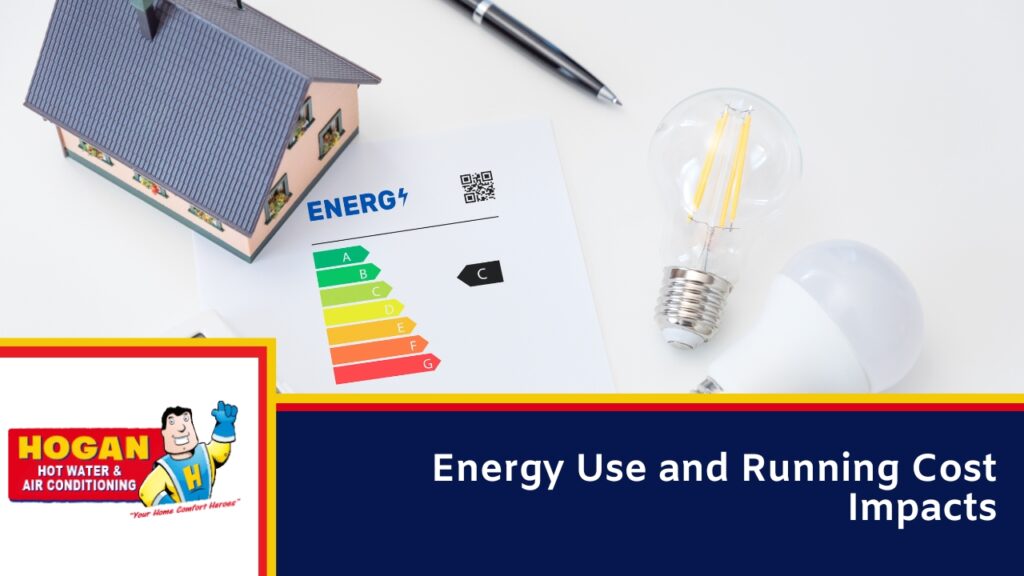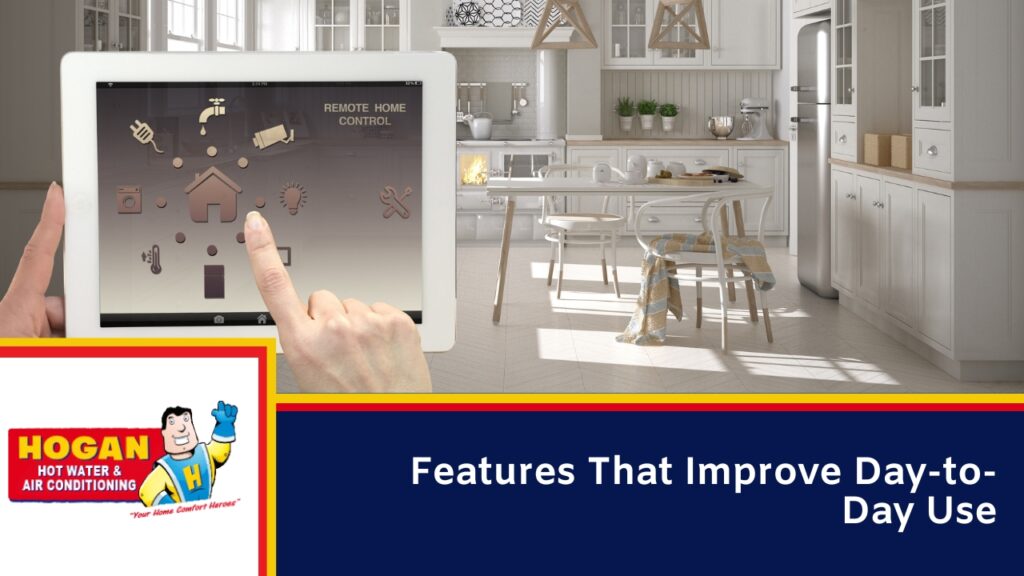Older air conditioners often cost more to run and fail to keep indoor temperatures stable. They may cycle too frequently, create uneven cooling, or make excessive noise—especially in summer. As energy prices remain high, many households are reviewing their cooling systems for cost and performance.
Upgrading can resolve inefficiencies, support better airflow, and lower running costs. But selecting a new system isn’t just about choosing a model—it involves understanding capacity, layout, controls, and long-term operating needs.
This guide outlines the key factors to consider when upgrading a residential air conditioning system in Australia, focusing on performance, reliability, and efficiency.
Energy Use and Running Cost Impacts
Newer systems use inverter-driven compressors and improved refrigerants to deliver the same or better cooling with less electricity. In Australia, units carry a star rating label—blue stars indicate cooling efficiency, while red stars apply to heating if it’s a reverse cycle model.
A higher star rating means lower long-term energy costs. Units with variable output (rather than fixed on/off cycles) maintain indoor temperatures more efficiently, which reduces wear on components and power use.
A system’s efficiency affects both operating costs and environmental performance. When planning an upgrade, compare star ratings and check the expected annual energy use. This can help balance upfront cost with lower power bills over the life of the unit.

Choosing the Right System Type
Split, multi-split, and ducted systems each suit different property types. A split system is often ideal for single rooms or open-plan zones. Multi-split setups connect several indoor units to one outdoor unit, providing flexible control across separate rooms.
Ducted systems cool the entire house through vents and can offer zoning to control temperature by room or area. While ducted systems provide even airflow, they need roof or subfloor space for ducting and an indoor unit.
When selecting a type, assess current layout, roof cavity access, number of zones needed, and heating requirements. Reverse cycle systems may be preferred in regions where heating is also used frequently.
Getting the Right Capacity for the Space
System capacity is critical for performance and cost efficiency. Undersized units run longer and use more energy without effectively cooling the space. Oversized systems may short-cycle, leading to uneven temperatures and increased wear.
Factors affecting capacity include:
- Total floor area
- Ceiling height
- Window orientation
- Insulation and shading
Climate also plays a role—homes in hotter zones need more cooling output per square metre. Before purchase, request a heat load calculation from a licensed technician. This helps match system output to actual needs rather than relying on general sizing estimates.
Installation and Infrastructure Readiness
Correct installation affects system efficiency and durability. Poor placement or incorrect refrigerant charge can reduce performance. Installers should be licensed and assess the site before setup.
For ducted systems, existing ductwork should be checked for air leaks, damage, or insulation failure. Any faulty ducting reduces efficiency and may increase operating costs.
Switchboards should also be assessed—some older homes may need circuit upgrades to safely support a newer system. Installers should include this check before quoting.
Smart thermostats or zone controllers may also need to be upgraded or reprogrammed during installation to ensure proper system integration.
Features That Improve Day-to-Day Use

Many new systems offer added features to support comfort and user control. These include:
- Smart Wi-Fi controls for remote scheduling
- Zoning functions for targeted cooling
- Low-noise modes to reduce indoor and outdoor sound
- Air filtration systems for allergy or dust management
Some models include sensors to adjust temperature based on room activity or occupancy. Others can be linked with broader smart home platforms. These features may not be essential but can improve system use in everyday routines.
Long-Term Cost Planning
Beyond the upfront purchase and installation, consider:
- Expected lifespan of the system
- Routine servicing costs
- Filter replacement or duct cleaning intervals
Cheaper units may cost more to run or need earlier replacement. A high-efficiency model may cost more upfront but recover value through power savings. Maintenance plans or extended warranty options should also be reviewed at the time of purchase.
Some states offer limited rebates for energy-efficient upgrades. While not guaranteed, these can reduce initial cost if eligibility is met.
Warranty and Maintenance Terms
Most air conditioning systems come with a manufacturer warranty that covers parts for around five years. Labour may be included, depending on the brand. To keep the warranty valid, the system must be installed by a licensed technician and maintained according to the manufacturer’s requirements.
Basic maintenance includes cleaning filters, checking airflow, and clearing external units. Professional servicing should be done yearly to inspect refrigerant levels, drain function, and electrical components.
Before choosing a system, review the full warranty conditions. Confirm if support is available in your area and what steps are needed to keep the warranty active over the unit’s life. This ensures you avoid unexpected costs if repairs are needed later.
Professional Support During the Upgrade
Hogan Hot Water and Air Conditioning helps homeowners upgrade with licensed installation and product guidance. Our team assesses space, usage needs, and electrical capacity before recommending a system.
We ensure safe and compliant installs, confirm correct refrigerant charge, and provide walkthroughs on how to operate and maintain the new setup.
For an upgrade that balances comfort, cost, and long-term reliability, speak with us today.
FAQ’s
How do I know if my system is the wrong size?
If the unit struggles to maintain temperature, runs non-stop, or cools unevenly, it may be incorrectly sized. A technician can perform a heat load check to confirm.
Is a ducted system worth upgrading to?
It depends on home layout and usage. Ducted systems suit multi-zone cooling and larger properties but may cost more to install and maintain.
Can I keep my old ductwork with a new unit?
Only if the ducts are in good condition and correctly sized. Old or leaking ducts reduce system efficiency and may need replacing during the upgrade.
What is inverter technology and does it matter?
Yes. Inverter systems adjust output to match cooling demand, avoiding constant stop-start cycles. This improves efficiency and helps maintain stable temperatures.
Are there rebates for upgrading air conditioning?
Some states offer rebates or discounts for installing high-efficiency models. Availability depends on location, system type, and energy performance.

